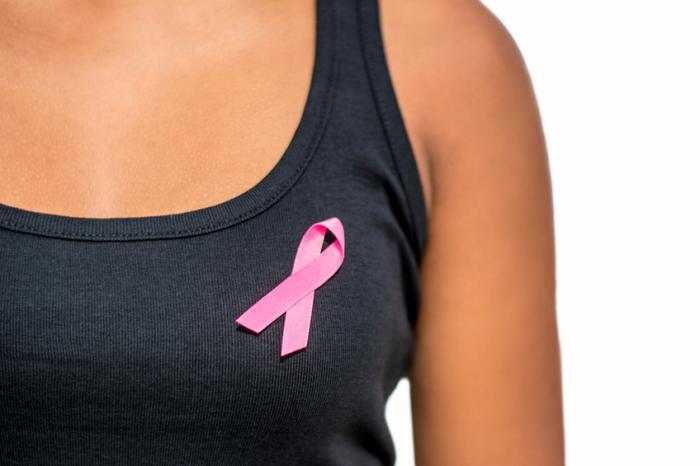With the exception of skin cancers, breast cancer is the most common form of cancer among women in the United States, making up almost a third (or 29 percent) of all new cancer diagnoses.
Although breast cancer is the second leading cancer-related cause of death among women, the rates of breast cancer mortality have been declining over the years. This is presumably due to medical advances and public awareness campaigns, which have prompted women to get checked and detect the cancer early.
The American Cancer Society (ACS) underscore the importance of regular screening and early detection among middle-aged women for successful cancer treatment and prevention.
A new study – published in the journal JAMA Surgery – investigates the number of women who are diagnosed with early-stage cancer in one breast and opt for a preventive mastectomy in the other breast. The research was carried out by scientists from the ACS in collaboration with Emory University in Atlanta, GA, and the Dana-Farber Cancer Institute and the Brigham and Women’s Hospital, which are both in Boston, MA.
The preventive surgery is called contralateral prophylactic mastectomy (CPM). As the authors of the new study point out, the use of CPM has increased significantly in the U.S. over the past 10 years, even though the evidence that it improves survival rates is insufficient.
Nearly half of young women choose CPM across five states
The researchers carried out a retrospective cohort study that included 1.2 million women aged 20 or over. These patients received a diagnosis of early-stage invasive unilateral breast cancer, and underwent surgery between 1 January 2004 and 31 December 2012.
The patients examined in this study had their surgeries in 45 states across the U.S. and the District of Columbia, and the clinical data accessed by the researchers were collected by the North American Association of Central Cancer Registries.
Overall, the study revealed a national increase in CPM over the 8 years studied.
In 2004, the percentage of women who underwent CPM was 3.6, and this rose to 10.4 among women aged 45 and above.
In Colorado, Iowa, Missouri, Nebraska, and South Dakota, over 42 percent of women aged 20 to 44 received CPM between 2010 and 2012.
Additionally, in the state of New Jersey, women aged between 20 and 44 who opted for CPM after an early-stage breast cancer diagnosis increased from 14.9 percent between 2004 and 2006, to 24.8 percent in 2010 to 2012. The percentage increased threefold in the state of Virginia, from 9.8 to 32.2 percent.
No link between CPM and reconstructive surgery, genetic screening
The authors note that there has been an increase in reconstructive surgery among these women between 2004 and 2010 across several states, but that there was no correlation between this trend and the number of women who chose to undergo CPM.
“Interestingly,” they write, “the highest proportions of young women undergoing reconstructive surgery among young women who had a CPM were geographically clustered in several Northeastern states (Massachusetts, Maine, New Jersey, Connecticut, New York, and Delaware) rather than in the Midwestern region where we observed the highest proportions of women who underwent a CPM.”
The researchers also mention that they were unable to draw a connection between the use of MRI screening and CPM.
“Several previous studies in the United States have reported an increase in the use of MRI and high-risk genetic testing among patients with breast cancer, coinciding with the increase in the proportion of patients undergoing a CPM nationally,” write the authors. “However, the use of MRI and high-risk genetic testing among women is unknown by state, and we were unable to assess their contributions to the state variation in the proportions of CPMs among women with breast cancer treated with surgery.”
The study’s senior author, Ahmedin Jemal, Ph.D. – who is also the vice president of the Surveillance and Health Services Research Program at the ACS – comments on the significance of the study:
“Future studies should examine patient-, clinician-, and health system-level factors to provide additional insight into the reasons for temporal changes and regional variation in the receipt of a CPM. In the meantime, however, surgeons and other healthcare professionals should educate their patients about the benefit, harm, and cost of a CPM to help patients make informed decisions about their treatments.”
Source: http://bit.ly/2nw0m2M











